Hardwood or soft wood pellets ??
Sirata1
19 years ago
Related Stories

MATERIALSWhat to Ask Before Choosing a Hardwood Floor
We give you the details on cost, installation, wood varieties and more to help you pick the right hardwood flooring
Full Story
REMODELING GUIDESContractor Tips: Smooth Moves for Hardwood Floors
Dreaming of gorgeous, natural wood floors? Consider these professional pointers before you lay the first plank
Full Story
HOUSEKEEPINGHow to Clean Hardwood Floors
Gleaming wood floors are a thing of beauty. Find out how to keep them that way
Full Story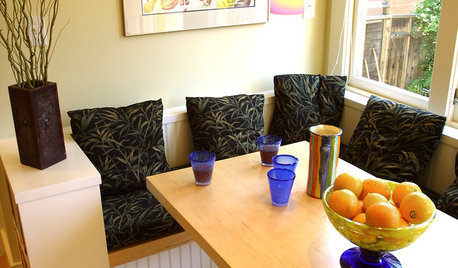
MATERIALSWoodipedia: Maple Is a Marvel Around the House
A heavy hardwood with lots of potential, maple appeals to modern sensibilities and won't break your budget
Full Story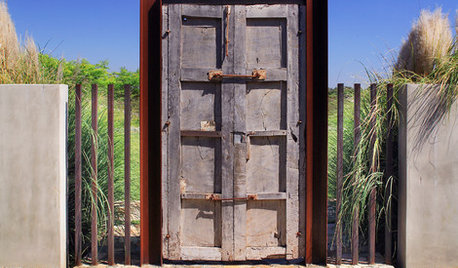
MATERIALSMesquite: The Brawny Beauty for All Over the Home
Denser than other hardwoods and sporting beautiful coloration, mesquite makes a fine material for flooring, countertops, furniture and more
Full Story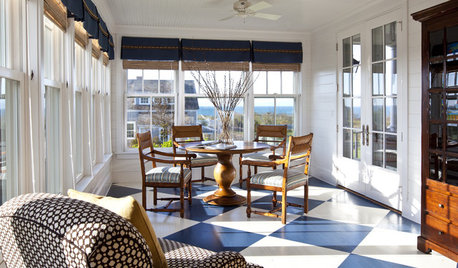
FLOORSHow to Paint Your Hardwood Floors
Know how to apply nail polish? Then you can give your wooden floors a brand-new look
Full Story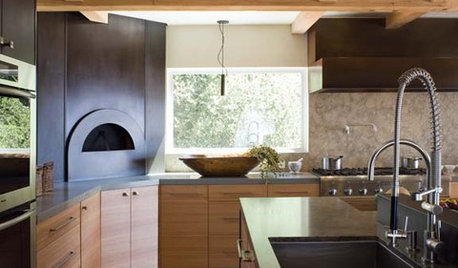
KITCHEN DESIGNKitchen Luxuries: The Wood-Fired Pizza Oven
If you love homemade pizza and are (ahem) rolling in dough, a wood-burning oven may be just the right kitchen investment
Full Story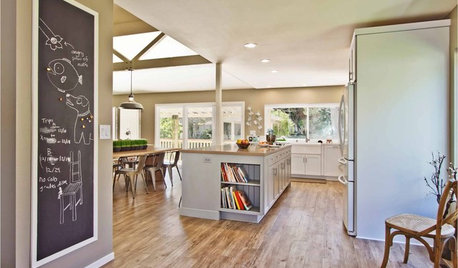
FLOORSWhat's the Right Wood Floor Installation for You?
Straight, diagonal, chevron, parquet and more. See which floor design is best for your space
Full Story
TILETop Tile Trends From the Coverings 2013 Show — the Wood Look
Get the beauty of wood while waving off potential splinters, rotting and long searches, thanks to eye-fooling ceramic and porcelain tiles
Full Story
PAINTINGKnotty to Nice: Painted Wood Paneling Lightens a Room's Look
Children ran from the scary dark walls in this spare room, but white paint and new flooring put fears and style travesties to rest
Full StoryMore Discussions






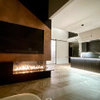
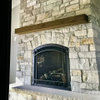
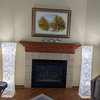
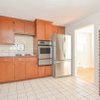
Xanndra
Sirata1Original Author
Related Professionals
San Tan Valley Fireplaces · Middle Island Interior Designers & Decorators · Cibolo General Contractors · Artesia General Contractors · Browns Mills General Contractors · Centereach General Contractors · Dunkirk General Contractors · Fremont General Contractors · Mansfield General Contractors · Marinette General Contractors · Merrimack General Contractors · Montebello General Contractors · Norman General Contractors · Sun Prairie General Contractors · Towson General Contractorseric01
Sirata1Original Author
brad_brown2
ChuckWood
Sirata1Original Author
Xanndra
Sirata1Original Author
Asatxj
auburn1
berlin
Xanndra
Sirata1Original Author
jaa52
rayers2
boxerkisses4me
begreen1
wavemaster
franktank232
zeta
jac2086
ron_marino_ieee_org
jaldinger_elknet_net
bikesr2tired
bikesr2tired
pennington_cust_serv
bikesr2tired
bikesr2tired
pennington_cust_serv
bikesr2tired
rf_wicks_nf_sympatico_ca
ke6seh_arrl_net
countryboymo
radeeoh_sbcglobal_net